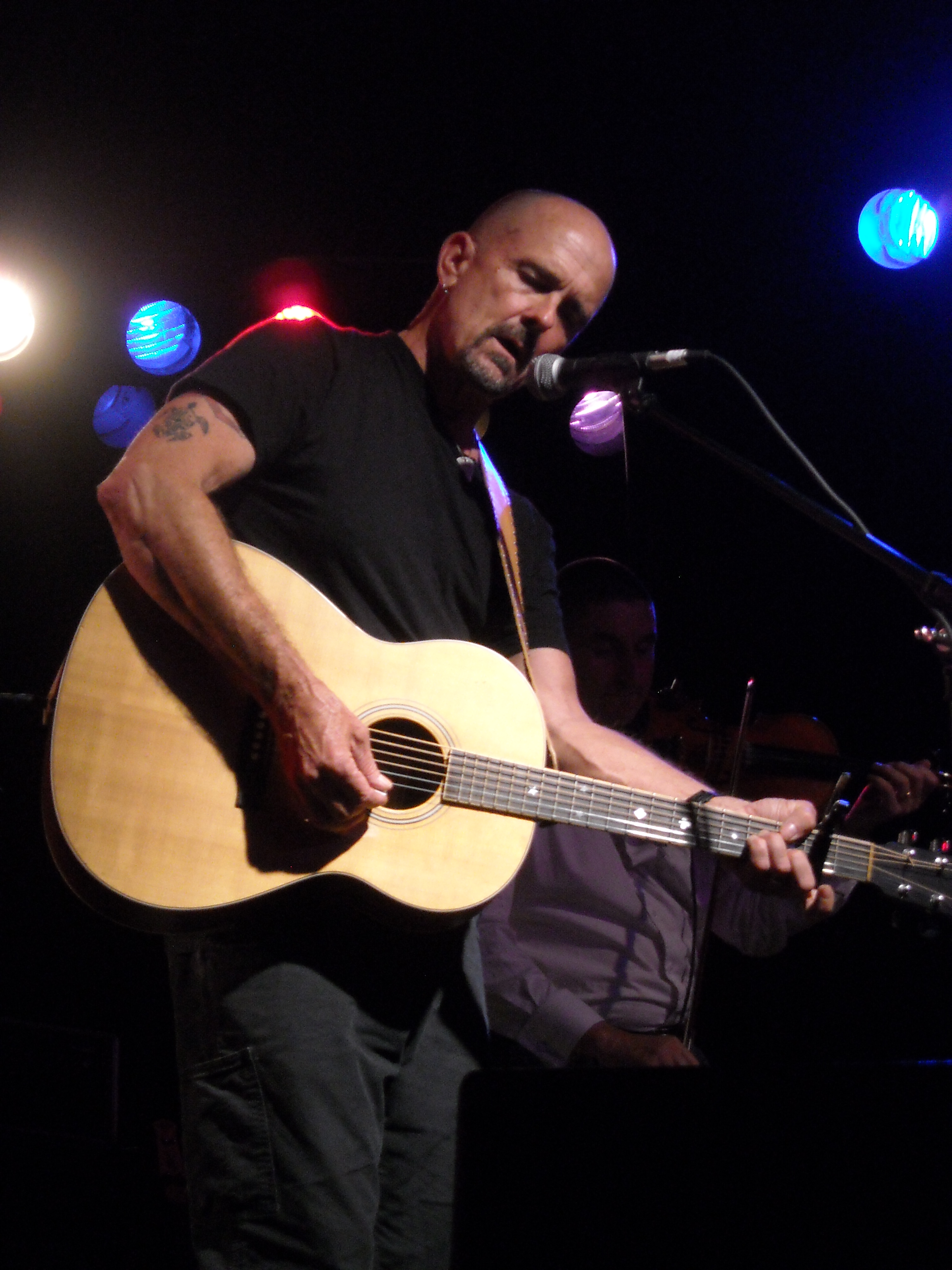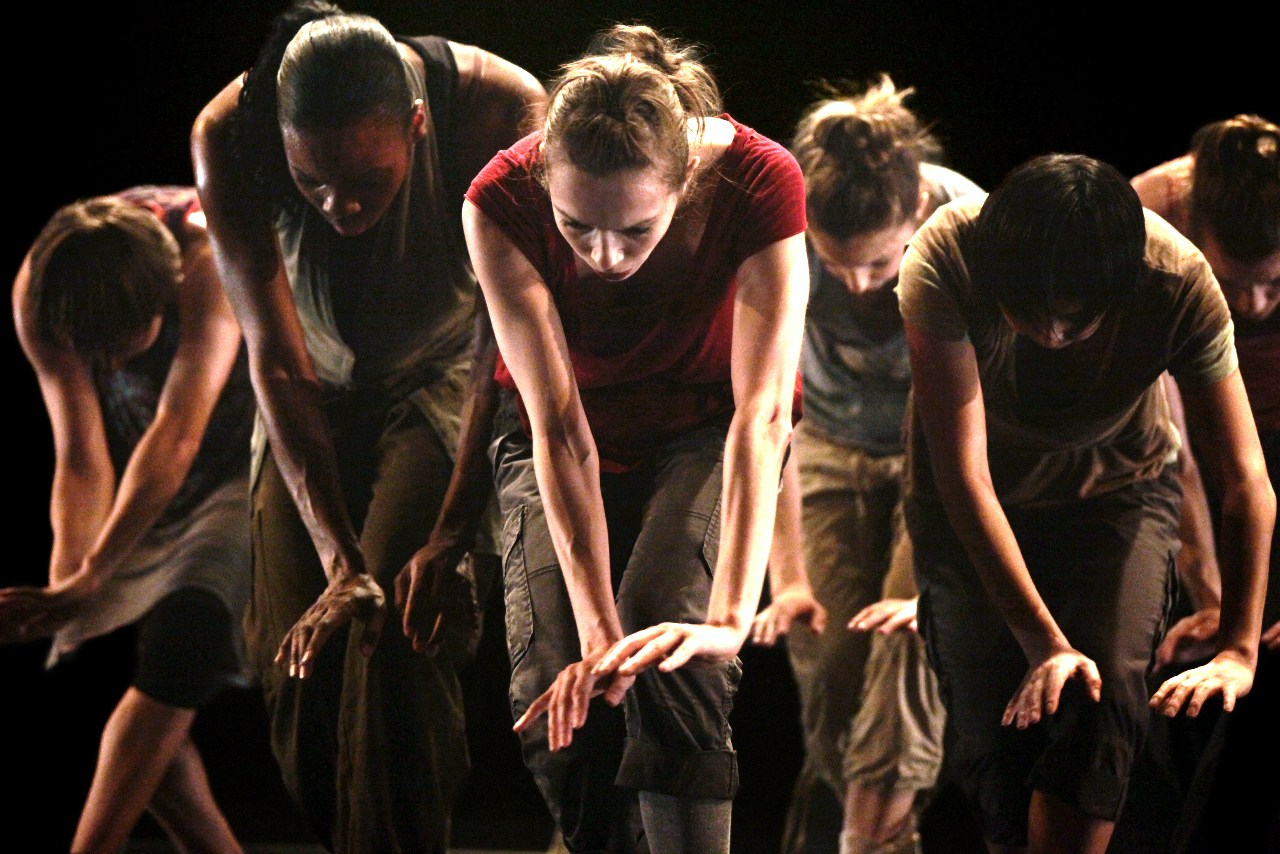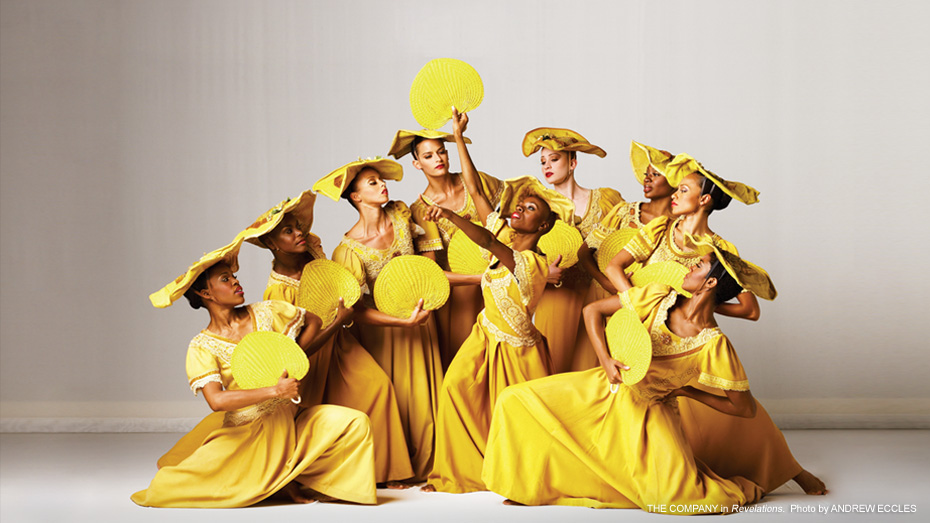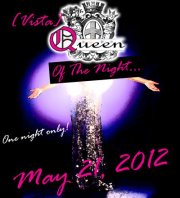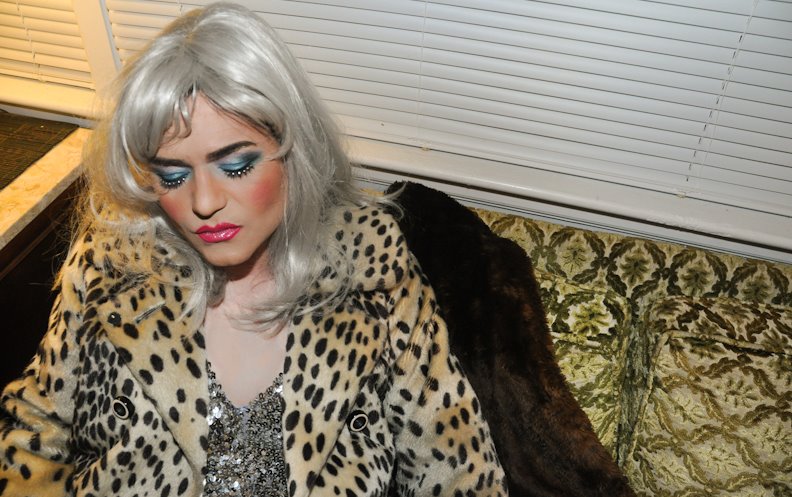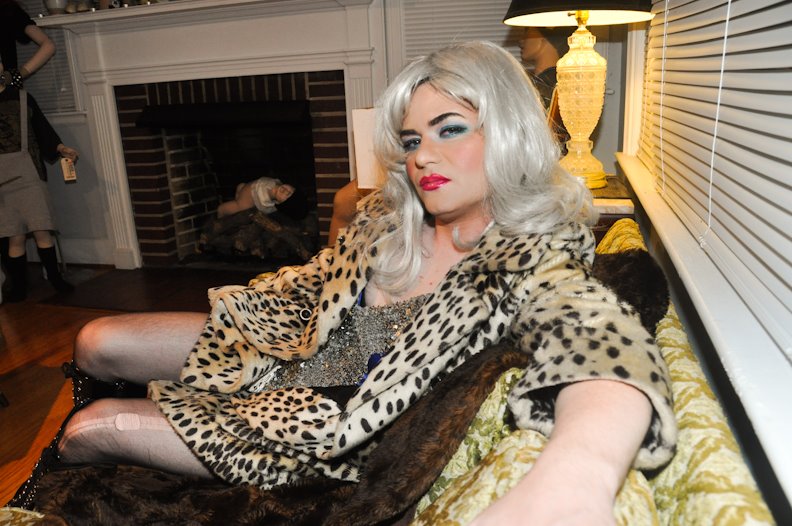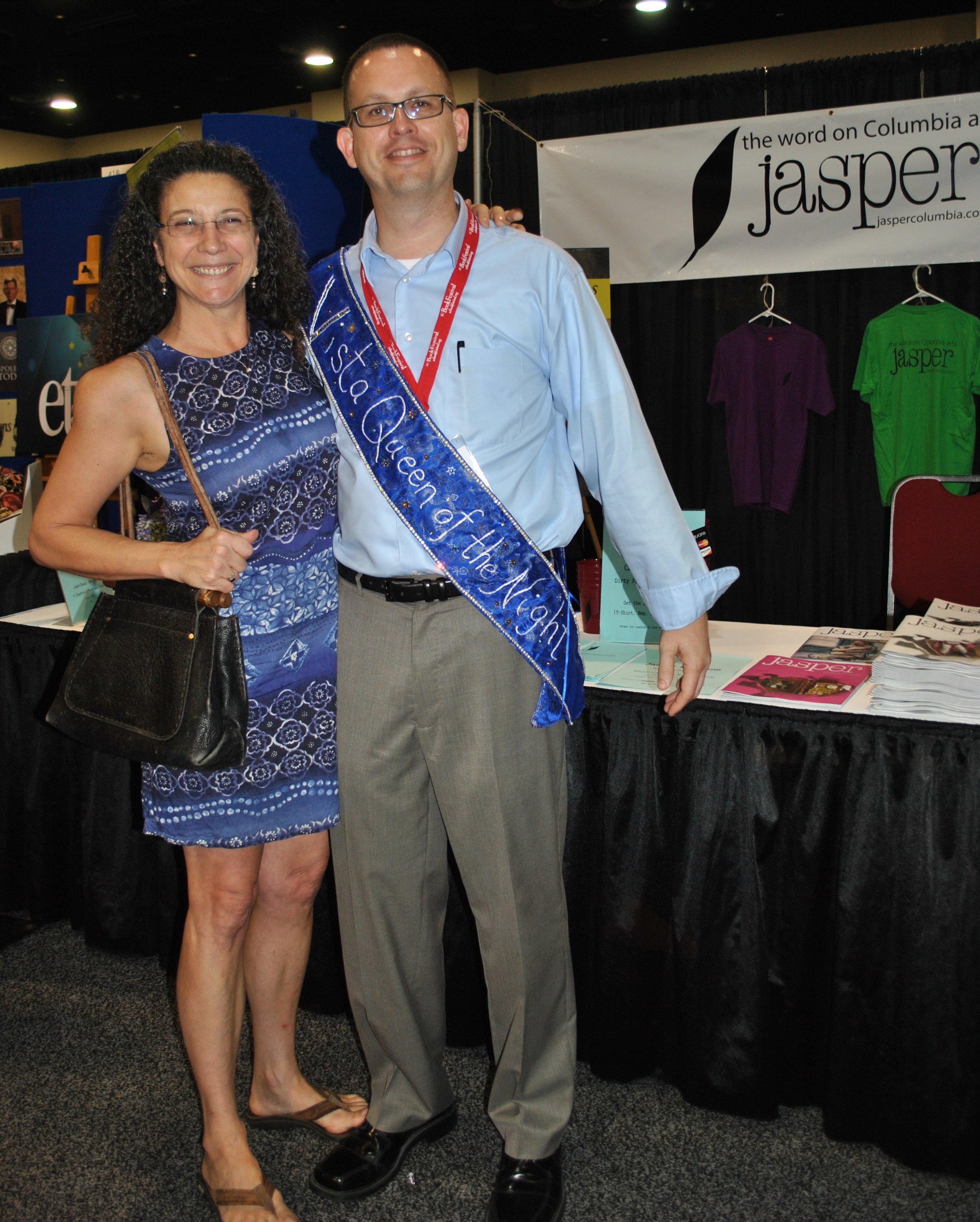There is no entertainment venue in Columbia more likely to have fallen straight out of the pages of a Ray Bradbury story than the Columbia Marionette Theatre, which this past weekend revived its wonderful 1992 original production of Pinocchio. Even for adults, there is something magically inviting about the castle theatre ensconced at the corner of Huger and Laurel Streets, its giant mural of Punch, puppet-turned-puppeteer, dangling a stringed unicorn and dragon, and inviting children of all ages to rediscover authentic, if not shadowy, storytelling. The best part of any CMT production is a stiff refusal to cater to the “Mickey Mouse-ification” of fairy tales, and the insistence that a peppering of Brothers Grimm in every scene is a recipe for narrative pleasure. At the age of four, my daughter Katherine is already a CMT veteran, having attended numerous productions. She accompanied me to this weekend’s premier of Pinocchio, and I have made every effort to review the show from her diminutive perspective. Sometimes the best part of parenting is rediscovering familiar stories through the eyes of one’s children - and also through their arms and legs, as on numerous occasions throughout the production her hands were wrapped tightly around my arms or her own face, her feet bouncing up and down with uncontrollable delight and fear.
Every CMT show begins well before Artistic Director Lyon Hill (profiled in the cover story in the current issue - # 5 - of Jasper - The Word on Columbia Arts) emerges from backstage to lead the crowd in a birthday “Huzzah!” for whatever little boy or girl is lucky enough to host a dinosaur-, fairy tale-, or Wizard the Oz-themed birthday party. Just getting your youngster from the lobby to his or her general admission seat is worth the price of admission. Children enter the theatre’s faux archway main entrance, and are immediately surrounded by marionettes hanging from the ceiling and puppeteer dioramas from previous CMT productions, as well as a large mounted dragon head that once was the centerpiece of a real Medieval-themed wedding at CMT. (By the way, parents, CMT offers a number of affordable “starter” marionettes for the novice puppeteers in your home.)
Inevitably, one or two children begin whimpering or looking cautiously askance before the show even starts, as does my child occasionally still. It’s no lie that there is something naturally eerie about marionettes. For the past several generations, our puppet-viewing collective consciousness consists mostly of cuddly Muppets, and the lack of softness of form of the traditional marionette immediately bespeaks more funhouse than Sesame Street. But this is precisely the world of lost storytelling that marionette theatres engender. CMT makes all of its marionettes on site in its workshop from hand-carved molds. As Hill explains, he is not interested in smoothing the pin-prickly scary parts of a story, or conforming to pop culture’s sense of how a genie, T-Rex or mermaid should be physically represented: “Every marionette has is its own silhouette.”
While patrons will not find Jiminy Cricket in this production of Pinocchio, what they will find is something that would make the story’s original Italian teller, Carlo Collodi, proud—plus a few inventive 21st-century twists, including a break-dancing wooden boy and a jazz-duet cat and fox. And, of course, like any good children’s story, there are a few jokes just for adults, including the “BELIEVE” UFO poster on the dilapidated backstage wall of Boyaradi’s Fabulous Marionette Theatre, and a sign outside the theater that reads “Come Inside for Fun, Excitement and Man-Eating Plants.”
The show is a panoply of theatrical creativity. In one early scene, the Fairy’s wand, with a mind of its own, causes all the puppets in Geppetto’s studio to dance unexpectedly. The set drops of 19th-century Italy and the Isle of Joy (replete with its own cherry-topped sundae mountain), as well as Geppetto’s studio, are museum-worthy pieces. And in one of the final scenes, Pinocchio and his papa emerge from the belly of the whale and rise magically to the ocean surface. (I am willing to bet that every child who sees this show afterward will dream mystically of water gobos.)
This 45-minute version of Pinocchio is jam-packed with wonderful storytelling and numerous artistic and design triumphs, including, of course, the one trick both children and adults eagerly await to see: the title character’s famous fibbing proboscis. Several times after the performance, my daughter asked me how Pinocchio’s nose grew. Fortunately, when I replied “magic,” my own nose remained its normal length. But for the life of me, I have no idea how Hill & Company make that nose extend and retract with only strings! (By the way, someone should give CMT a medal for understanding that 45 minutes is the ideal duration for a weekend children’s event.)
Along with Hill, puppeteers Kimi Maeda, Cooper Hill and Payton Frawley bring this timeless classic to life; not quite to the point where a little wooden boy is turned into the real thing, but definitely enough for you to tell everyone you know with kids to get down to the Columbia Marionette Theatre next Saturday. And when all the dusty wonder has settled, most important of all, children walk away having learned a real moral lesson. Just ask my daughter, who told me, “The lesson is always tell the truth and stay close to your papa - or else you’ll be turned into a donkey or eaten by a whale.” Close enough, dear one, close enough.
~ by Arik Bjorn
Pinocchio runs through Sat. Sept. 8th, with performances every Saturday at 11 a.m. and 3 p.m. Tickets are $5 per person. Children under 2 are free! The Columbia Marionette Theatre is located at 401 Laurel Street (corner of Huger and Laurel). Call 803-252-7366 for more information, or to reserve party space for your little ones. To learn more about Columbia Marionette Theatre, visit www.cmtpuppet.org .



